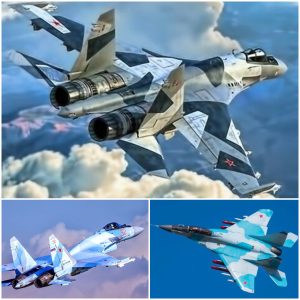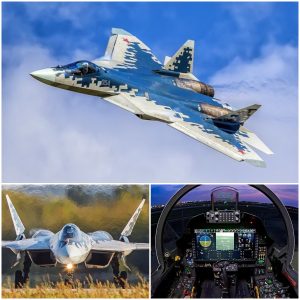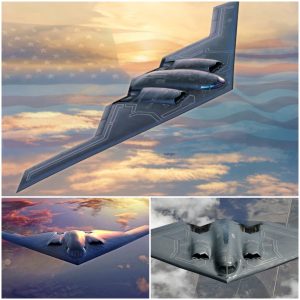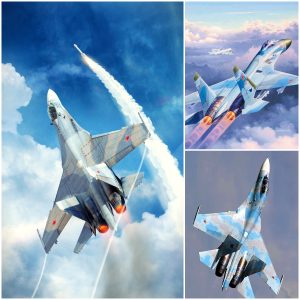Unveiling the Inherent Vulnerabilities of the A-10 Thunderbolt II Fighter Jets
The A-10 Thunderbolt II, affectionately known as the “Warthog,” has long been hailed as a formidable ground-attack aircraft, renowned for its ability to provide close air support to ground troops. However, beneath its rugged exterior and storied combat history lie inherent vulnerabilities that raise questions about its effectiveness in modern warfare scenarios.

Despite its reputation as a resilient and powerful aircraft, the A-10 Thunderbolt II is not immune to criticism. One of the most glaring vulnerabilities of the A-10 is its lack of speed and maneuverability compared to contemporary fighter jets. With a top speed of approximately 439 miles per hour, the A-10 is considerably slower than many of its counterparts, making it more susceptible to enemy fire and less capable of evading modern air defense systems.
Another significant weakness of the A-10 Thunderbolt II is its limited stealth capabilities. In an era where stealth technology plays a crucial role in evading detection and maintaining air superiority, the A-10’s relatively large size and prominent profile make it an easy target for radar systems and surface-to-air missiles. Additionally, its high infrared signature further compromises its survivability in contested airspace.






